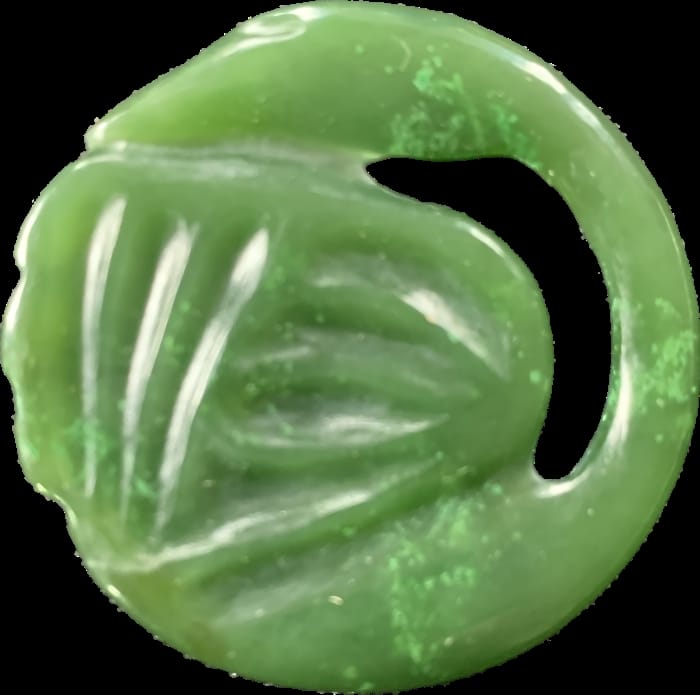Sumer and the Birth of Religion
The Sumerians were ancient when the pyramids were built. Their religion and culture shaped ours, yet they were forgotten for 3,000 years.

Please scroll down for links below the transcript. This is lightly edited AI generated transcript and there may be errors.
Dr. Josh Stout 0:00
What I've been really discovering is how how primal and primary the Sumerian civilization was. You know I mentioned the the flood myth and you know, so we were finding these clay tablets in the, you know, late 19th century and beginning to translate them into the 20th century. And suddenly reading, Oh my God, they got in a boat and took their animals with them when the flood waters came. And then after 40 days and 40 nights, the flood waters receded. And all of this kind of stuff is is is right there in the tablets and so all of these ideas were coming through..,
Eric 0:35
In other words, what we call today contemporaneous accounts.
Dr. Josh Stout:
Yeah.
Josh and Eric 0:48
January 7th. How are you doing, Josh?
Dr. Josh Stout 0:50
I am doing well.
Eric 0:52
Do you have a story to tell me?
Dr. Josh Stout 0:53
I do. As you know, I am ADHD and always looking for the next sort of shiny thing to look at. And one of my general interests is, is the Bronze Age. And I know I've talked about Egypt and its importance to humans in Africa and its relationship to sort of beginning civilization. But there's a place that's even older and that's Sumer. And I really think that they're at the center of the the the sort of flow of religion from antiquity to the present.
Eric 1:32
Sumer, as is in the Sumerian civilization?
Dr. Josh Stout 1:34
As in this Sumerian civilization, the Sumerian civilization was already 1800 years old when the Great Pyramid of Giza was finished.
Eric:
So the Sumerians, you're saying, predated mature Egyptian civilization by over 1500 years?
Dr. Josh Stout:
Absolutely. Yeah. The the the. Okay. So the flood myth in the Old Testament. Yeah. Comes from the Babylonian flood myth. The Babylonians got it from the Sumerians.
Eric 2:07
So they were actually the first to have the flood.
Dr. Josh Stout 2:10
They were the first. Their city is literally called Ur. The first, you know, that you get the like the or whatever that Ur is.
Eric 2:21
Where are we? Where is this?
Dr. Josh Stout 2:21
Mesopotamia. Yeah. So we're literally what the Greeks called meso middle potomoss the rivers, so the Euphrates and the Tigris. So it's mostly in Iraq, but it's also into Syria, goes up into Turkey. It's an entire region. And they had a civilization that lasted for from roughly, say, 4500 years ago to about 2000 years ago. no, no. Four So it ended 4000 years ago. So it started around 2500 years before that. So 6500 years ago till about 4000 years ago is when their civilization went. was it was roughly ending at the beginning of the Assyrians and the Babylonians, which were 4000 years ago. So these are the people really spanning from the end of the Neolithic when, you know, you get these ritual centers in Turkey and wheat is been developed for the first time, we now we now think that it we used to think it was it was farming led to a surplus which caused priests and religion to form essentially. But it's the other way around is that the ritual centers in Turkey are depleted, the resources surrounding them, because people really like to go there and they harvested the local indigenous wild grains. They started, you know, growing the seeds that they'd kept from the good ones before and then, you know, keeping on harvesting that eat all the animals in the area. And suddenly your your circle of stones where you do your beer drinking has become a center of population and it needs to be supported. And so agriculture was developed to support the centers of population. Not the other way around, which is really interesting. And so then these gave rise to the later city states of Sumer. So there was a movement from the sort of northern areas of Anatolia down into the Mesopotamia area and bringing with them. So the earlier ones in Turkey had domesticated the aurochs and made oxen. They domesticated goats.
Eric 4:39
I’m sorry - the aurochs?
Dr. Josh Stout 4:41
The aurochs, the aurochs, the thing in the cave paintings, the the, the original ox.
Eric 4:48
I did not I've never heard that before. That's a new one to me.
Dr. Josh Stout 4:51
Oh, yeah, yeah, yeah, yeah, yeah, yeah. The Nazis tried to recreate them and made these really evil cows called the cow people who call them Nazi murder cows. But they. They were they because they thought it'd be really cool for, like, super white people to wrestle cows for whatever reason. But anyway, yeah, they just made this horrible thing, which is what you'd figure they would do. But anyway, yeah, this thing was made extinct finally around, you know, just a few hundred years ago. But I the, the Indian versions and the European versions came together in Sumeria, and the the original Indian aurochs went extinct right about the time that Sumeria was existing. So anyway, you've got animal husbandry farming. They moved down into this region between the rivers. It's very, very fertile but has problems with water. So they develop canals and they put the cities on the canals. And so now you have really the beginnings of real civilization where you have writing down what you're doing. The got a list of the kings they know who served when.
Eric 5:53
Is there is there a record of this essential, urban planning, having been actual urban planning, was this planned out or did this happen as sprawl? Do we know?
Dr. Josh Stout 6:05
Uh, a little of both of these things so that when you dig the canal, you purposely put the city next to the canal. Other times it starts off with you move next to a mountain and you build terraces on the mountain and you build your little walled city at the bottom and you build a canal next to your walled city so that it gets to the next place. But if you if you look at them, there's more or less a line of Sumerian cities running right between the two rivers, because it's a great place to be. And, you know, controlling the water on along these canals means you control your little spot and you have trade up and down between them. And so it you know, it worked really, really well. You know, now it looks like desert. But there was at the time it was a very lush area. And they were they were you know, they were they were able to produce a lot and had a continuous civilization for, you know, over 2000 years.
Eric 6:57
Longer than us.
Dr. Josh Stout 6:58
It disappeared entirely. We had no idea they existed until the mid-19th century. People started looking for the biblical cities because they'd gotten the idea that the way you could look say, Look for Troy. Another irony. I'm sorry, Bronze Age City. You could go looking for, you know, the city of Nebuchadnezzar. You could you could you could go looking for these places named in the Bible and the king's name in the Bible. And it turns out they actually existed. So for a long time, all of this archaeology was being done in the name of biblical archaeology. And it was it was looking for the biblical cities and they were finding them the proof.
Eric 7:38
Yes, yes.
Dr. Josh Stout 7:39
More or less like how Troy was found and may or may not be Troy, but probably something like Troy. Very close anyway. And therefore proved Homer, whatever that means.
Yeah, but you know, these are things where you can say I'm looking at, you know, I an account and it has some relation to history and we can actually find some of these things. Yeah. Yeah. And you know that's, that's part of what I've been really discovering is how how primal and primary I the Sumerian civilization was. You know I mentioned the the flood myth and you know, so we were finding these clay tablets in the, you know, late 19th century and beginning to translate them into the 20th century. And suddenly reading, Oh my God, they got in a boat and took their animals with them when the flood waters came. And then after 40 days and 40 nights, the flood waters receded. And all of this kind of stuff is is is right there in the tablets and so all of these ideas were coming through.
Eric 8:40
What we call today contemporaneous accounts.
Dr. Josh Stout:
Yeah, more or less. But I'm realizing how how deep these these images go. So for example one of the classic Sumerian deities, later Assyrian Babylonian, something called the Lamassu. The Lamassu is sort of like a bull with wings, but maybe lion's feet. And it has a man's head with a beard and is a protective deity, some sort of magical but often seen at the doorway to something. So at the gates of Ur had two lamassu right in front of it, protecting it. So the protective deities, these these these things to protect the city and that same image originally was a female became male later on. But I saw the same thing clean shaven, flowing hair with the Sumerian version of it. Sumerians often were clean shaven anyway, so it was hard to tell whether they really female or not. But later accounts describe them as female.
I was just reading about the night journey of Muhammad. And Mohammed got on his horse Buraq and he flew to the edge of, uh, well, the edge. He flew, He flew, He flew to the edge where there was a tree marking the place between angels can't go past the tree on one side and the domain of reality can't go past the tree on the other side. But this place is the Dome of the Rock. It's it's the Al-Aqsa mosque. And that's why the Al-Aqsa mosque is second in holiness, to Mecca. And if you look at the horse Buraq in particularly older depictions, you'll see Mohammed has a veil, but Buraq is is fully rendered, and Buraq is a horse with wings, sometimes two sets of wings and a human face, a woman's hair, clean shaven, long, long, long hair. And if you look at the oldest depictions, it's not a horse's tail, it's a bulls tail. So basically, Mohammed is essentially writing a lamassu. And so these images have been have been taken into these stories. And you see them all over the place and, you know, I was I was realizing it because I was having a hard time remembering the name of the Sumerian Sun God, because I kept confusing it with words that I'd heard people using in Hebrew. And then I realized, Oh, it's the same word. So Shamash is the sun God, and he's the ruler of of the gods. He's sort of the Zeus character, but he's a sun god. Ra He's ra very much so. And so. Shamash is a human ish looking person with, you know, maybe some extra attributes and a bit a beard and a robe and, you know, large skirt and often above him you'll see this eagle. And the eagle will sometimes have the sun disk in the center of the eagles wings, but it's an eagle above him. So he has his representation as the eagle or the sun and also his representation as the God, as a as a as a personified God. And then sometimes his personification as a human, as as the ruler of a city. And so this this became the origin essentially of the trinity. But so you have the to the body version. You have the God who looks like a human, and then you have this bird that flies between them, you know, in later Christian stuff, it's a dove. But originally it was an eagle and Shamash is the same as the candle that is used to light the menorah, the shamash and.
Eric:
The bearer of the flame.
Dr. Josh Stout 12:35
The bearer of the flame. And apparently, you know, it means servant. But I suspect the Hebrew for ‘son’ Shamash and the Hebrew for servant Shamash are related. Given that Hebrew didn't always have vowels in it. And the word for the king, the sun king of the Sumerians also would have had vowels in it. So all of these are a little bit arbitrary sounds.
Eric 13:00
The Sumerians also did not use vowels?
Dr. Josh Stout 13:02
Not in the same way, not in their writing.
Eric 13:04
Where were the Jews at the time of the Sumerian civilization?
Dr. Josh Stout:
They didn't exist yet.
Eric:
So they didn't exist yet because I thought they were ancient in the time of Egypt.
Dr. Josh Stout 13:16
So. So here's the thing. This is sort of what I'm trying to get at this. This is this is this is the ancestors of those people who were the shepherd kings. The shepherd kings are the Sumerians, the shepherd Kings are that that that was their source of power. It's where we get the idea of the Good Shepherd or the the the Agnus de the the Lamb of God. All of these things are Sumerian concepts - - and they are - - so, so - - Abraham and and sacrificing his son and his sons a sheep. But it's actually a goat. You know what? You know, all of this kind of stuff. This is very Sumerian substituting the goat for the human because the goat is a human and the scapegoat. All of these things are ideas.
Eric 14:04
A scapegoat is an idea that comes from Sumer?
Dr. Josh Stout 14:08
Yeah. You you were. I mean, this was these were later versions of them, but you, you dress your goat up and give it all this bad thing, and then you kill it and you've killed the bad thing. So, you know, the goats in the end and the bulls, all these things were half human, half person because they were the same. You were, you were a bull or you're king was a bull, and you were the sheep and the shepherd was the good one. And if your king was a bull, that was bad. But if your king was a shepherd, that was good. But you know, you still were the flock. All of these things, these are concepts coming out of Sumer. And then, you know, basically twice if you're just asking about the Jewish people. So you had people who would probably were peripheral to this. So they weren't they weren't in the cities. They would have been the shepherds outside these two cities. But part of that world coming from that world, using that language. wandering. Yeah. So they were still they were speaking the same words went to Egypt seeking a different the Egyptian speaking different. So the Egyptians were not calling their son shamash. That was, that was Sumerian. people with that, with that language world.
Eric 15:18
So there had to be mixing of the Sumerians and the Jews,
Dr. Josh Stout 15:23
They have the same language. Yeah. Yeah. So proto Hebrew or whatever it was coming through these people. So I'm not saying that they were in Mesopotamia, they were in the region outside of it, but next to it. So Syria is part of Mesopotamia, Iraq, part of Mesopotamia. Israel is all sort of off to the side there. But it's it's very Mesopotamian adjacent and also right next to Egypt. Yeah. And so I think the monotheism came from an Egyptian melding with monotheism. I'm not sure which way it was going necessarily.
Eric 15:58
Were the Sumerians monotheistic?
Dr. Josh Stout:
No, they were worshipping Shamash.
Eric:
So Shamash wasn’t the only God.
Dr. Josh Stout 16:08
Right. And so some of some of the later names for Shamash were things like Baal.
So the golden calf. Yeah. One version of the golden calf is Baal. Another version of the golden calf is Hathor. And they're probably both right. They're probably a melding of these ideas that happened as these people were going back and forth.
Eric 16:26
Is that at all connected to Vaal?
Dr. Josh Stout 16:30
Maybe.
Eric 16:32
It is a thing to do.
Dr. Josh Stout 16:32
But, you know, if you knew about Baal as an…
Eric 16:37
It would immediately.
Dr. Josh Stout 16:37
As an idol. Yes. And your and your and your feeding an idol. Yeah, yeah, yeah. So yeah. The goal, the golden calf was the same kind of bull deity and it was related to storm gods and sun gods and all of these things sort of becoming a proto monotheistic god with, with the sheep herd people.
Eric 16:59
All of this coming from the Sumerian.
Dr. Josh Stout 17:03
Well, a lot of it coming from. So after they left Egypt, then they… became Jewish at some point after that and actually had a kingdom in Jerusalem and then was conquered by Babylon because they refused to pay the taxes. And Babylon came and took the king and the family and all the followers back to Babylon, and that was the Babylonian captivity. So the second slavery. And so there was a whole second period of this stuff coming in. And so this is where we get our flying angel stuff. Our angels are probably also related to the masses. And and these these flying winged things, there are also half human, half bird things with four wings. These these are Babylonian, but were previously Sumerian. So you get sort of idea of a Sumerian ideas heading into Egypt and then back again into Babylon and back and forth, and then leaving Babylon and then back back to Israel and bringing, bringing these things sort of sloshing back and forth across the Middle East. You know, no wonder everyone's fighting all the time. But, you know, you also get the sense of not just fighting, but traveling ideas and a melding of ideas in a way that's really fantastic when you when you when you start to try and understand what's happening.
Eric 18:21
When you ignore how many people died.
Dr. Josh Stout 18:22
When you ignore how many people died. Yes. And and the idea of the Bronze Age collapse at the end of it all, when suddenly, you know, the tin was you have.
Eric 18:30
We have discussed the Bronze Age collapse in the past. Remind me of the Bronze Age collapse.
Dr. Josh Stout:
For whatever reason, ancient Greeks, there were pirate people in the Mediterranean who stopped the trade of tin. And you can't make bronze without tin. Right. And so you need a little bit of tin to make your bronze. And bronze works so much better than just copper, copper dust bands. But bronze is so you can make a sword out of or, you know, point to an arrow and I think there was a Sea People is how they how the Egyptians described it. Now some people say that there was a a group a tribal group inland up by Asia minor but I don't know how they how where a sea people are by Asia minor maybe they were originally coming down and mixing with some of these other people in Asia Minor. But I really think that the Iliad and The Odyssey is the story of the Sea People raiding from island to island, burning cities to the ground and destroying the Bronze Age civilizations. Only Egypt survived, and only then barely. They went through a whole new new dynasty. But all of the other great civilizations disappeared and were crushed. The Hittites across the all all of them went down. And it was because of the Sea People.
Dr. Josh Stout 19:38
It was because of some sort of piratical group out of the out of Mediterranean. And Greeks are my number one suspect.
Eric 19:45
Wow. Ended all forward motion for humanity.
Dr. Josh Stout 19:49
Writing was lost for like 150 years. [Unbelievable] I know Mycenaean civilization gone completely. You know, Crete all that.
Eric 19:59
The only reason I know of the Hittites is from video games.
Dr. Josh Stout 20:02
Yeah. Yeah. No, the Minoans also, you know, as I said, gone. But so this was an amazing period of, of, of history. We people were getting lapis lazuli and tin from Afghanistan to to the Middle East. There may have even been tin being mined in Wales and coming down. I mean it was it was amazing. The huge trade networks that were being developed at the same time is essentially it's still Stone Age technology. If you're not in the cities using bronze, which is only a few people, it's amazing. It's it was amazing. Yeah. And and the when the Sumerian civilization collapsed, it was replaced by the Babylonians. And so we knew about the Babylonians. The words we had were Babylonian words, essentially Nebuchadnezzar, that sort of thing. And when we traced things back, they knew about the Babylonian captivity. They knew that they because that was in the Bible. And so we knew about these things biblical history. But then it turned out there was a whole nother 2000 years of civilization before all that. And and so that that that was really where everything came from.
Eric 21:12
It was civilization that could record itself.
Dr. Josh Stout 21:14
That wrote stuff down. And instead of just having a circle of stones on a hilltop where you carve some animals actually had regulated religions with priests who created money essentially. So oh yeah, money is really interesting. So I always thought of it. It was it was bartering like you have to carry your goat and then you'd trade it for a pile of bricks, but you'd have one goat written on a on a thing. And it was there was like our official relationships so that one goat would get you this many bricks.
Eric 21:47
Debt came first.
Dr. Josh Stout 21:48
Well, not so much the debt as the trading back and forth of these things written, but it was too hard for anyone to know the the the currency exchanges between goats in brick and clay, you know, so things started get denominated in fewer and fewer pieces that you would then write on stuff. And so it turned out like at the end of those sort of you know middle early dynasty Sumer you know, the first 500 years are figuring this out. They get to people wearing bracelets of silver and you could just cut off a piece of the silver and that was a piece of money by weight. And the kings would standardize the weights inherit like stones that were a particular weight. And this was the official weight. And if you messed up with this, you know, off with your head, they were very strict about that. And then the other thing was Bush bushels of I think it was millet bush, both bushels of grain were were a specific standardized denomination as weighed by duck weights. And so you'd have, you know, one duck or big duck, medium duck, small duck worth of grain, and that was an official amount. And then what would happen is people would sell themselves into slavery in exchange for food for their family in terms of grains. And now they had debt and there were people trying to get debt to then force people into slavery. And so then they made regulations. You could only sell yourself for five years, and if you wanted a better deal, you would go to the temple. And so the temple were the better moneylenders because they were offering better deals and less chance of sending you into slavery. They'd let you pay it off over a longer period of time with less interest rates. And they became essentially the banks. And so they were taking in people's debt, they were taking in the grain, they were storing it. So they were storehouse of grain to distribute during a bad time. But they did it in terms of we will sell you the land and you will give us the grain in exchange for having bought the land. You borrowed the money from us to buy the land. Now you always a certain amount of grain. You're bringing it back to the temple and will stored in the temple. And so this became, you know, a separate source of power from the King who had his own system of taxes and storing grain in his own, you know, palace.
Eric 24:02
And then there also had to be a point where you had paid off your debt and now you put your grain in the storehouse anyway, and now it becomes a balance in your favor.
Dr. Josh Stout 24:11
Something like this. Yeah. Basically, they were inventing banking. This is why this is why when Jesus was destroying them, the money changers in the temple, that's what temples were for, right? what they were doing. That's where you changed your money you made. That's where money happened. Yeah. It was the bank, right? Yeah.
Eric 24:31
It's just a completely different understanding.
Dr. Josh Stout 24:36
Well, I mean, we still make temples out of our banks. If you go to any of the, like, early 20th century banks where they're all marble columns. And you’ll see some pictures of eagles, too. I mean, spread wings just like shamash.
Eric 24:48
So, so, so this, this concept of shamash and the the the light that is carried between - basically all of the religions that we know of that exist have some form of this.
Dr. Josh Stout 25:01
Something like that. Yeah. I mean Ra is very similar to that. The disc of Ra as the sun carried by the two snakes. But sometimes you see it carried by the eagle or the hawk and you see that.
Eric 25:11
So you're saying that the the, the one civilization that seems to have fed to most of what we know today was also completely lost for a significant period of time.
Dr. Josh Stout 25:21
Rediscovered in the late 19th century. Exactly. Yeah, No, I'm finding it fascinating, but I just had to come talk about it because the latest shiny thing I had seen.
Eric 25:30
Why is this on your mind?
Dr. Josh Stout 25:32
It's on my mind because I've been looking at it is what looks like Sumerian artifacts on the market out there. And I've been trying to actually make a record of them, which we'll have to talk about later.
Eric 25:43
You think they are legitimate Sumerian artifacts?
Dr. Josh Stout:
Or, Sumerian adjacent. Yes. There there are enough different than the, say, palace works out of Ur that they look like they could be separated in by either time or geography. But you're talking about 2500 years of time in geography and a lot of different places. You know, you could you if you've got Southern Sumer, but you could have things up by the Turkish border. There is a there's a there's a city right on the Syrian Turkish border where the main citadel is under Turkish control. But just on the other side, it's all Syrian, no man's land free for all the holes being dug everywhere. It could easily be that area. I was just going over it with, you know, Google Earth and there's there's a major city right there on the on the river. I can't remember which one Tigers or the Euphrates. And then there's a no man's land that that Turkey has acquired of of like, you know, 30 miles between the two on the border. And if you go over it carefully with Google Earth you can just see there's a there's an ancient city right there land. So right next to a hugely populated group of people who don't have a lot of money, there is a huge archaeological site, with no oversight.
So, that was one hypothesis of what might be going on.
Eric:
Yeah, yeah, yeah. Fascinating. Well, I can’t wait to hear what comes of this, this new branch of study.
Dr. Josh Stout 27:07
Indeed. As I said, I always love the next shiny thing.
Eric 27:09
Well, happy New Year, folks. Thanks for listening. Until next time.
Theme Music
Theme music by
sirobosi frawstakwa

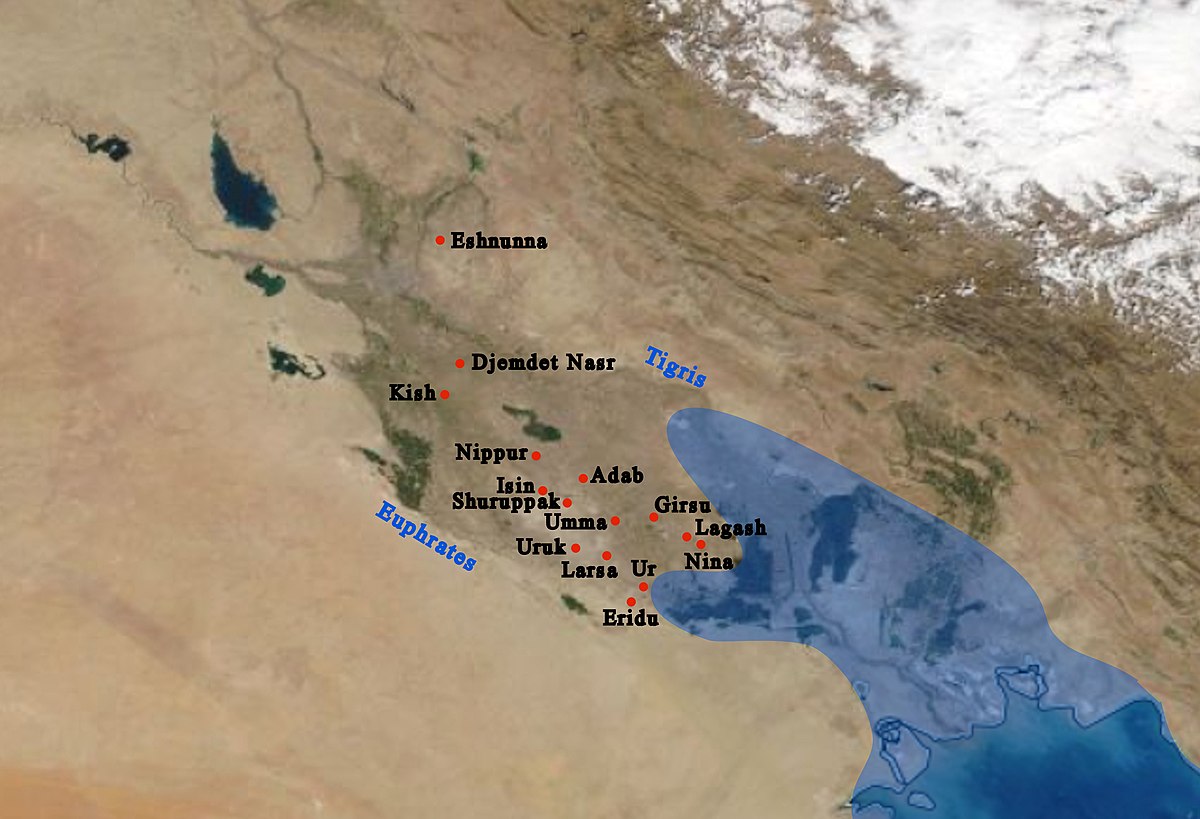
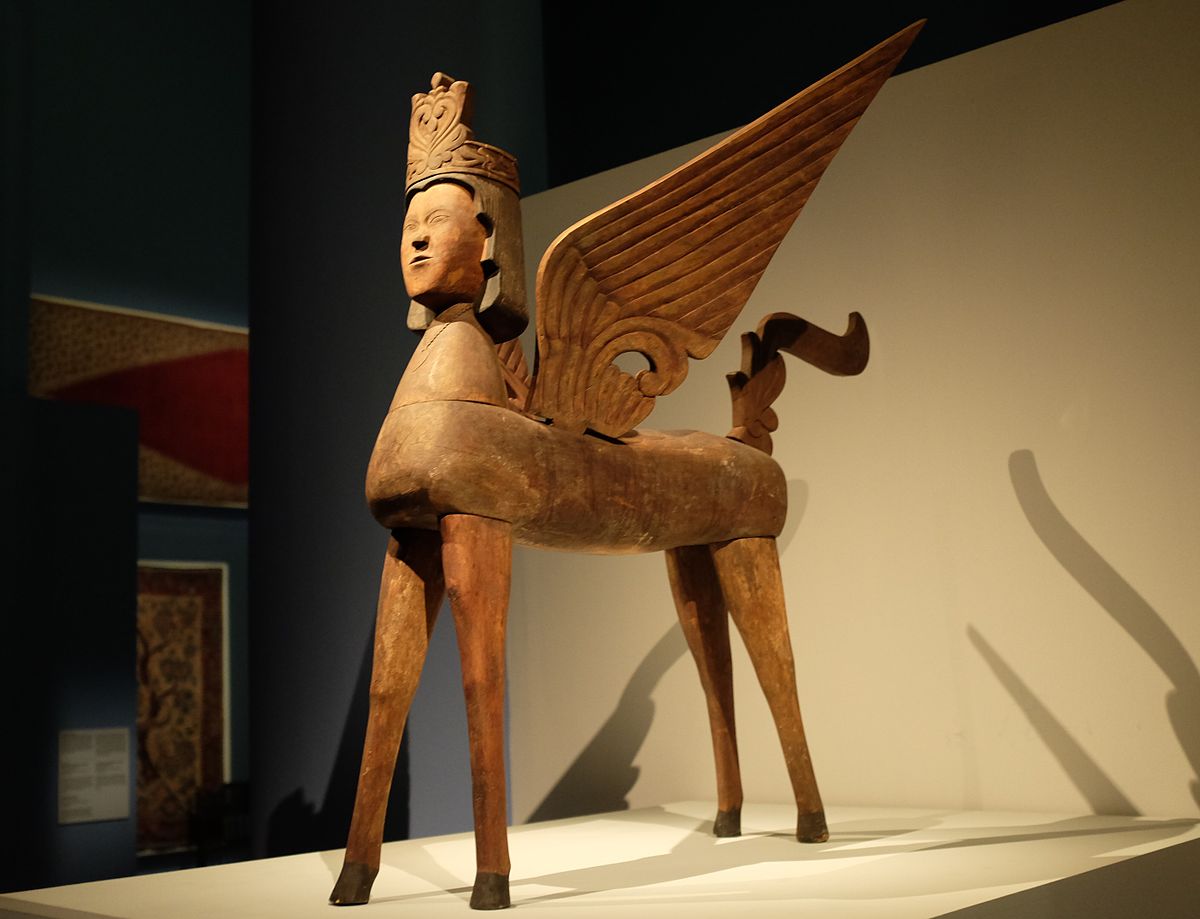



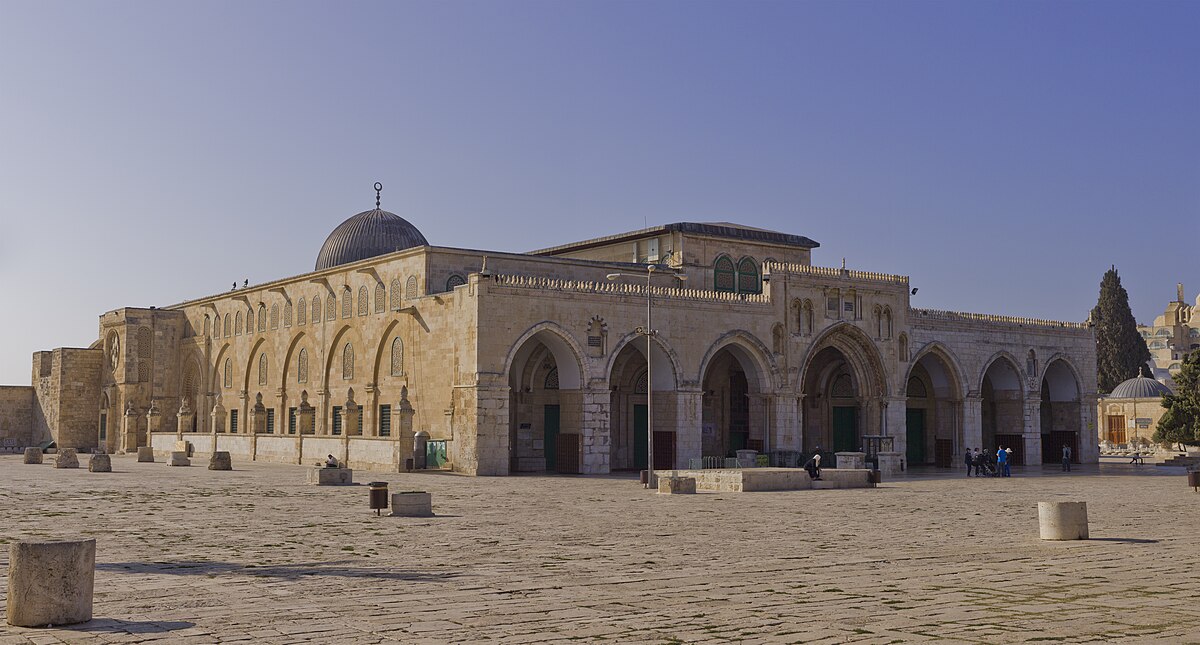


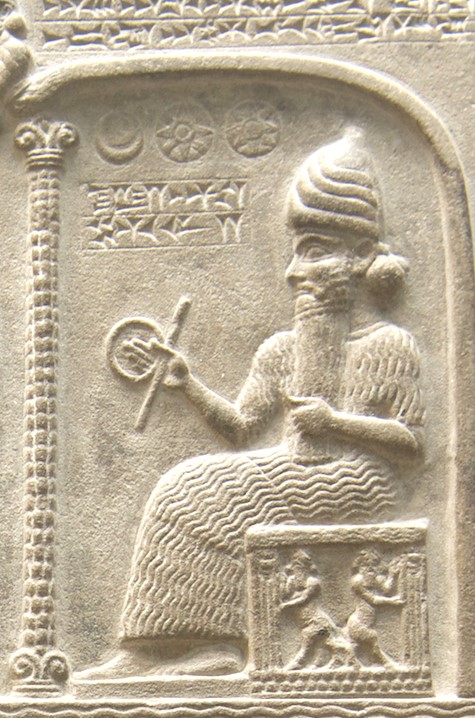
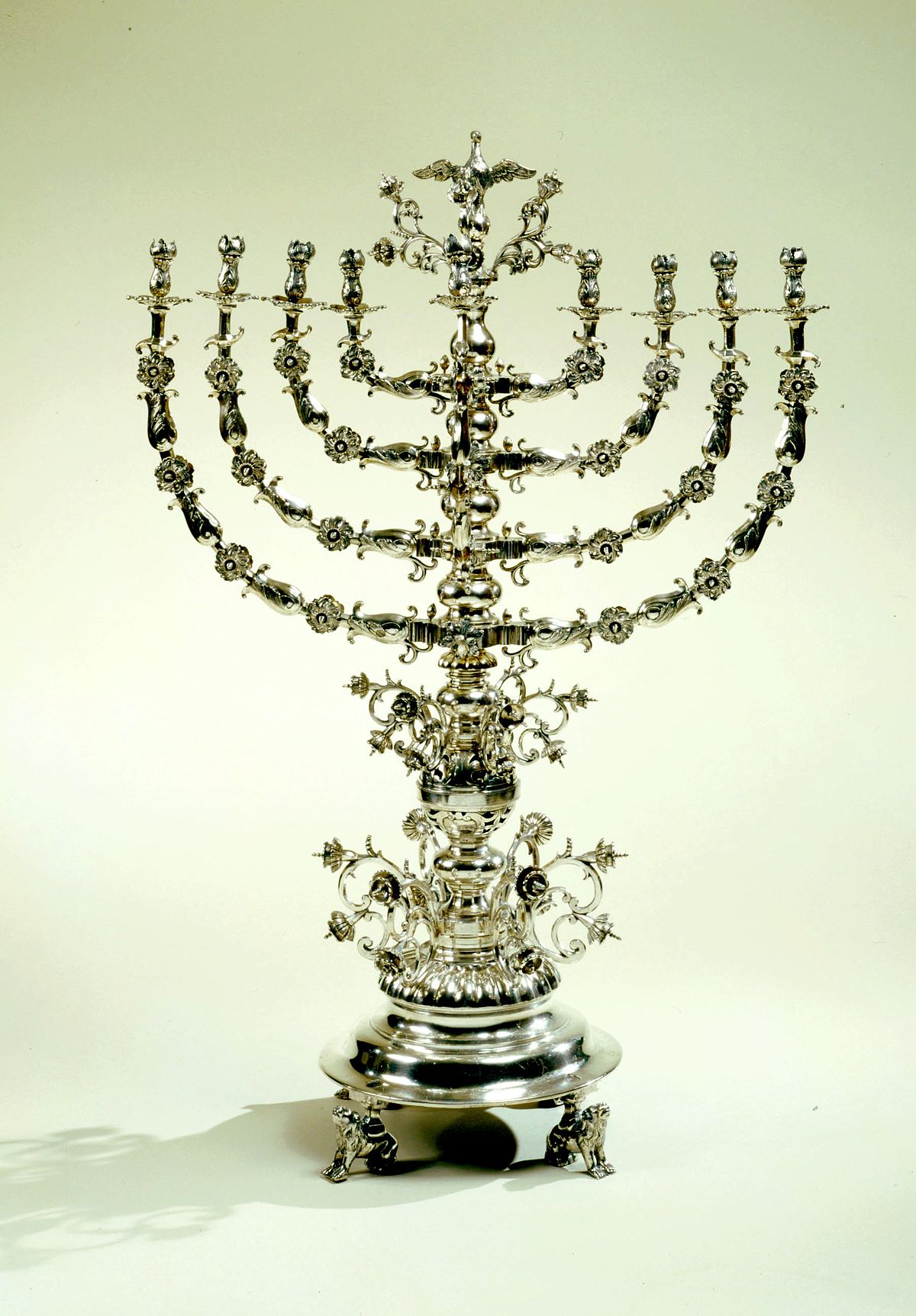
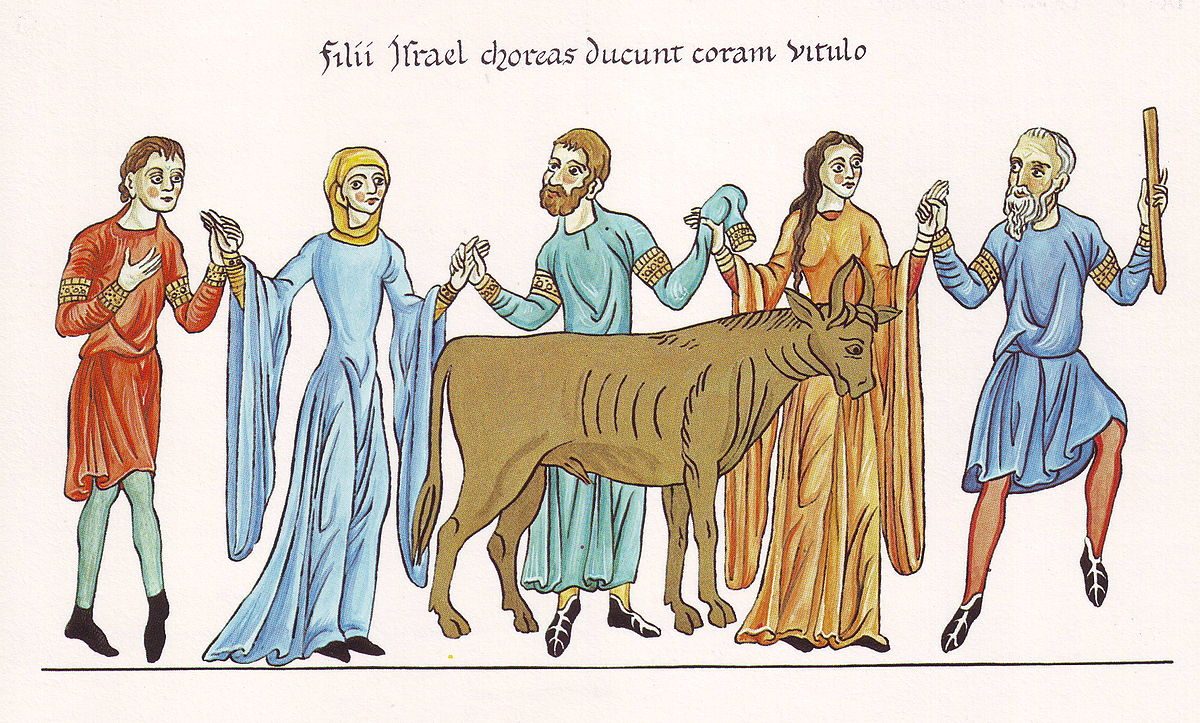
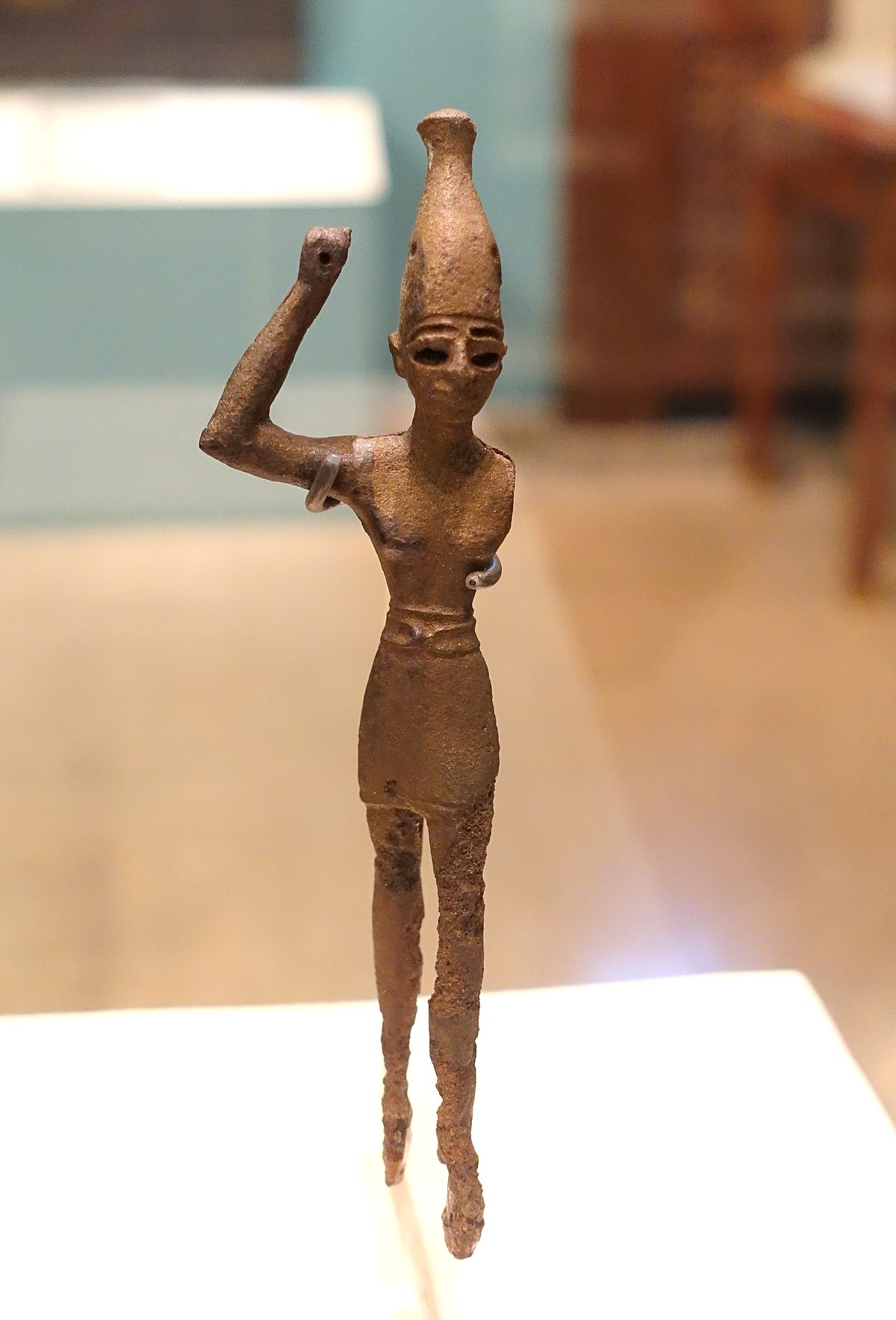
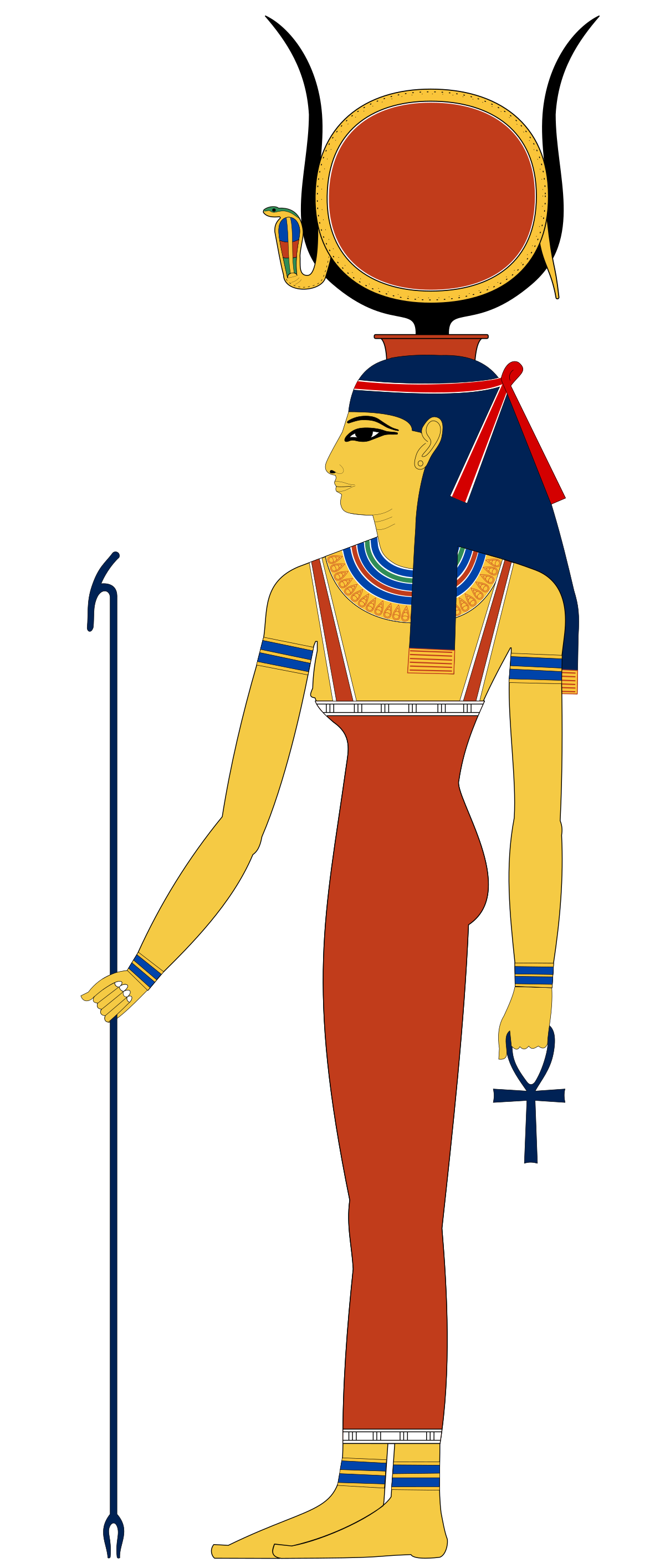
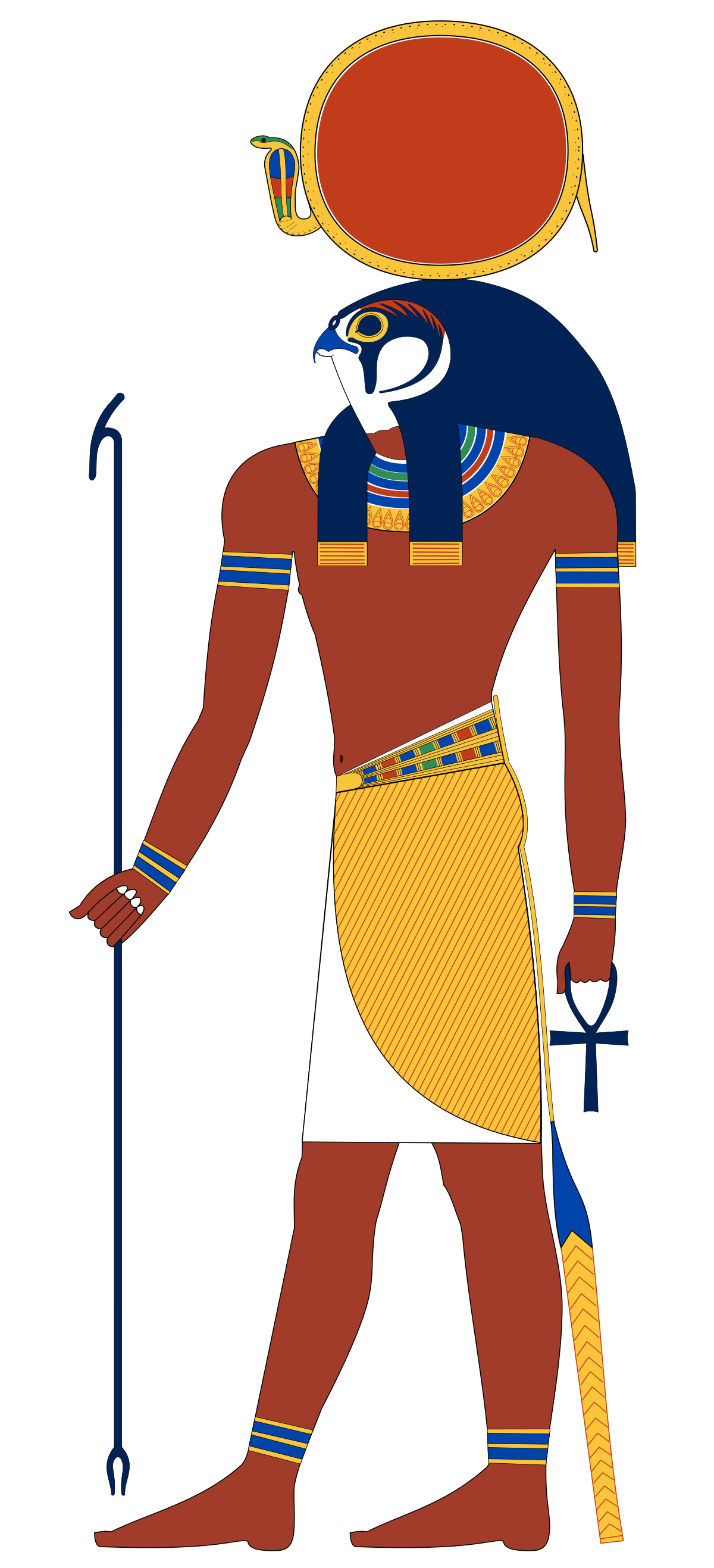
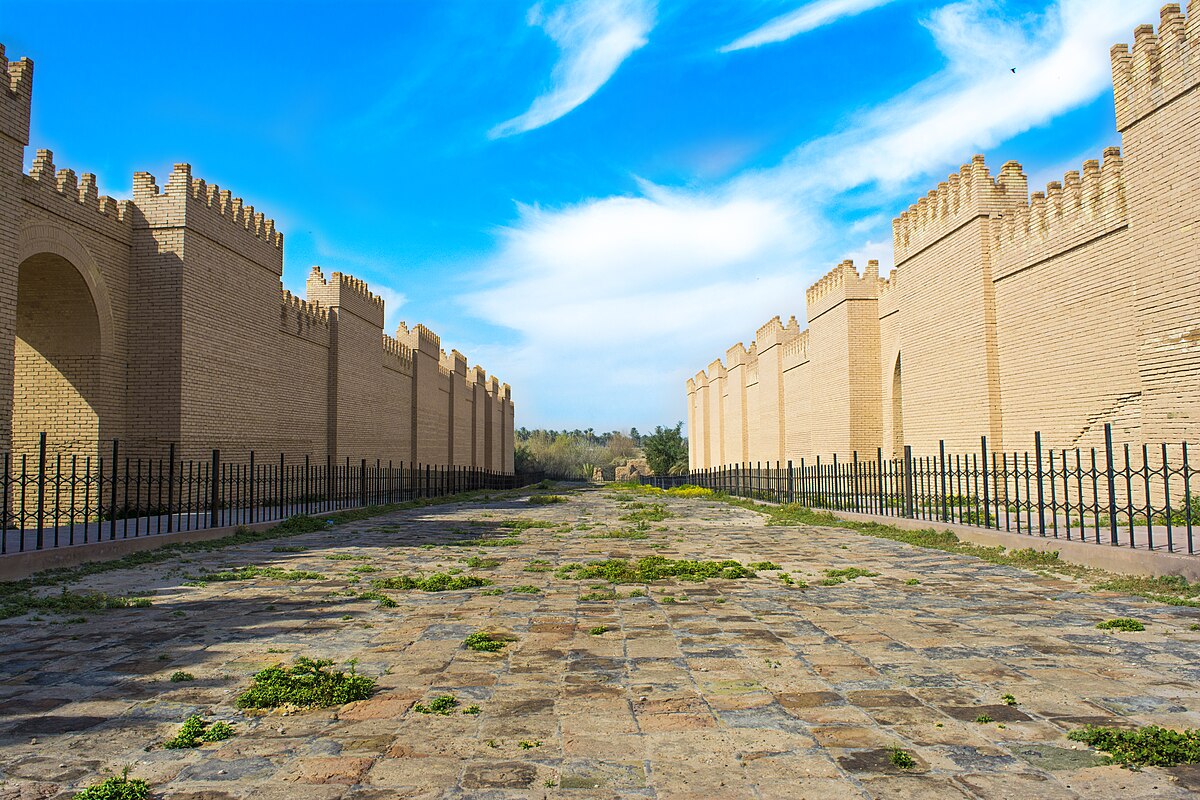
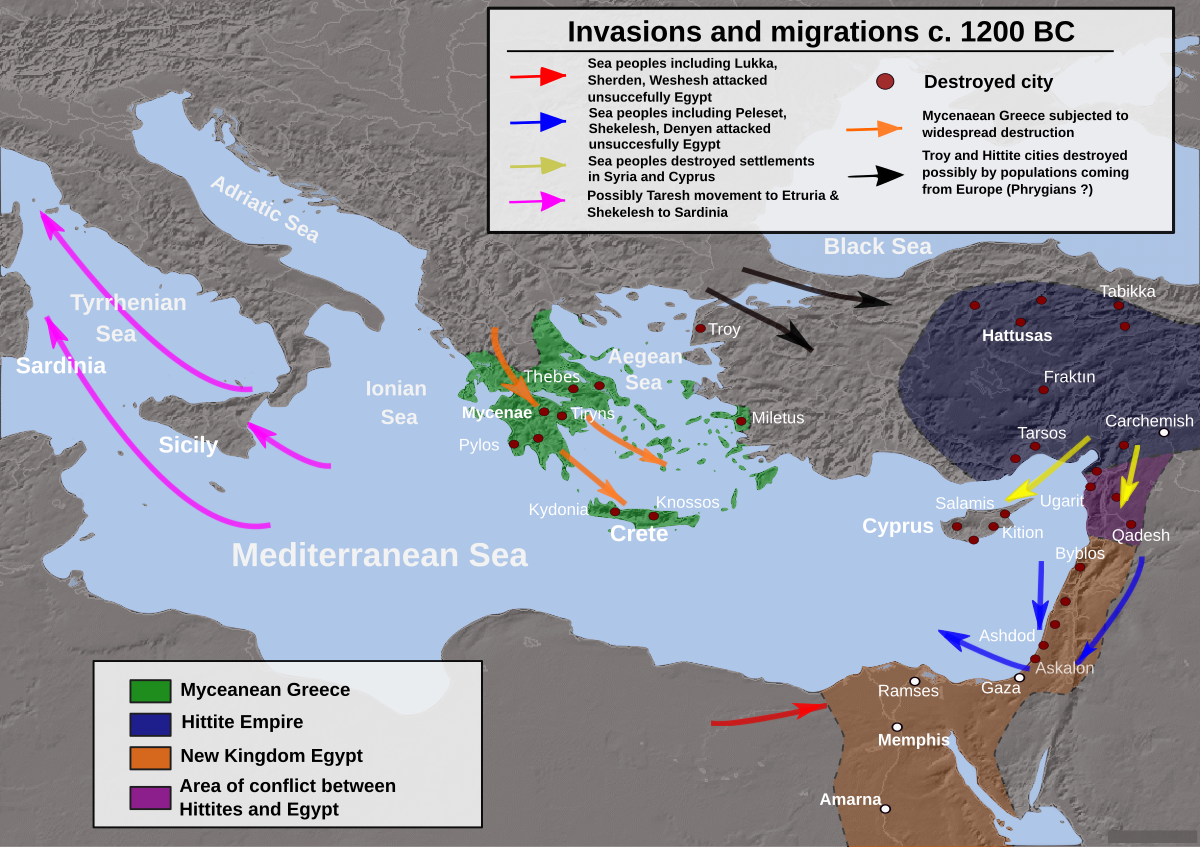
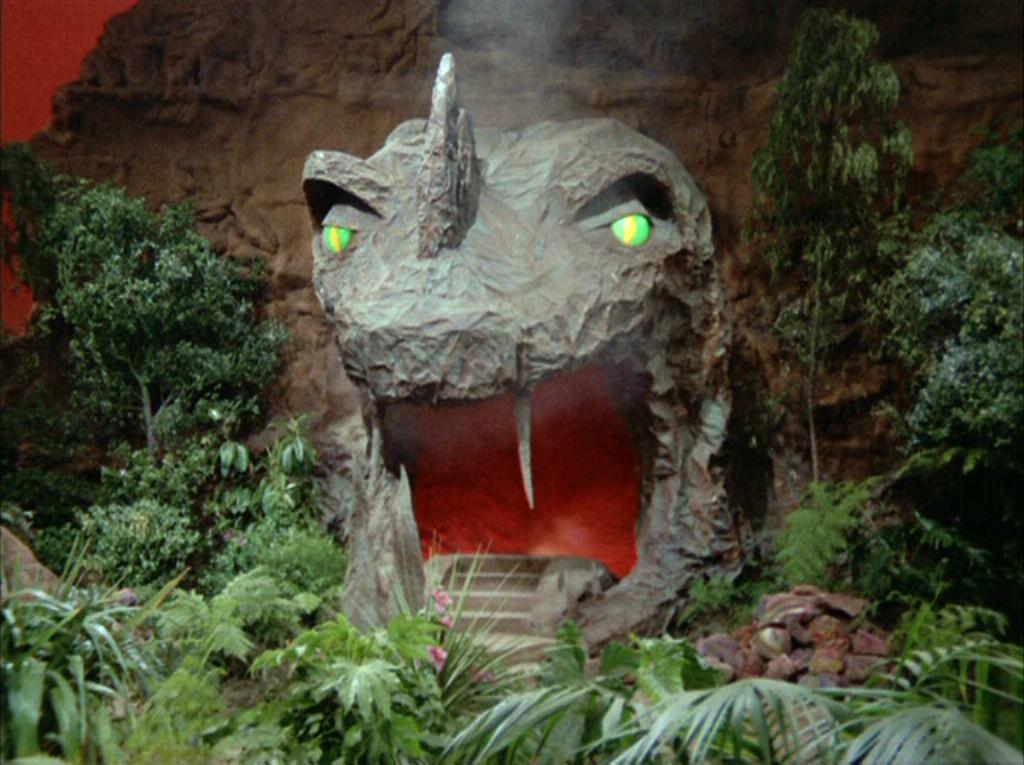
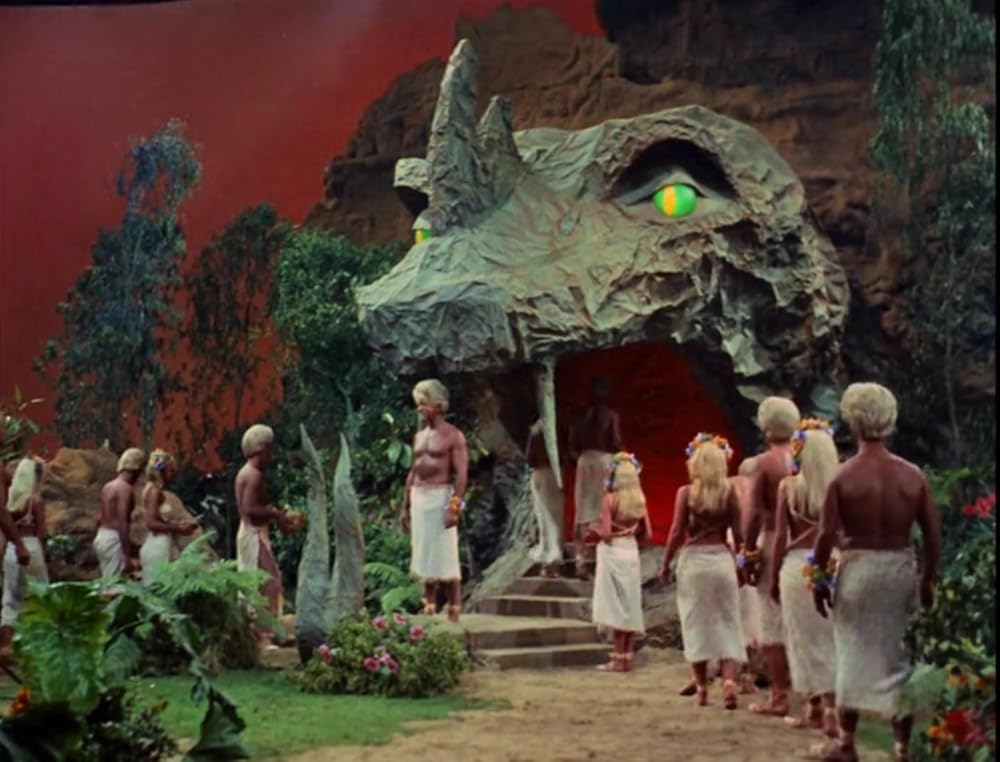
Top Image Credit: By Sultan Muhammad - http://www.mirror.org/greg.roberts/MirajB1.jpg, Public Domain, Link
